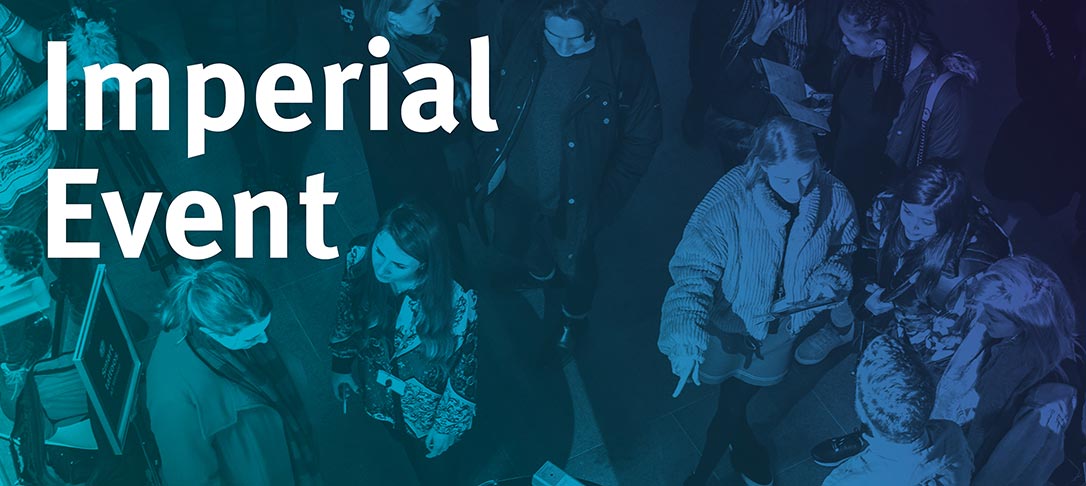
Advancements in multi-PW lasers and accelerator facilities are opening new avenues to explore quantum electrodynamics (QED) under extreme conditions, where electron-positron pairs can emerge within intense background fields. A prevalent approach involves colliding a high-energy electron beam with a powerful laser to initiate strong-field QED phenomena. The first experiment to observe positron production in such conditions, E-144, utilized the SLAC accelerator’s electron beam in collisions with an intense laser. Laser-electron collisions are currently one of the most investigated approaches for future strong-field QED experiments.
In this work, we propose an innovative method that enables extreme focusing of electron beams by colliding them with a multi-foil target. When a dense electron beam interacts with a foil, its self-fields reflect off the foil surface, resulting in beam focusing. By repeating this interaction with multiple foils and optimizing beam parameters, we demonstrate the potential to focus beams to solid densities, thereby initiating strong-field QED processes.
We present initial results from the E332 experiment at SLAC that uses the FACET-II electron beam, where significant beam focusing was observed, highlighting the feasibility of using these targets for future strong-field QED studies. Furthermore, we demonstrate that with denser electron beams, single-foil collisions—such as with a gold target—could reach the strong-field QED regime, producing distinct QED signatures that emulate beam-beam collisions envisioned for next-generation particle colliders.